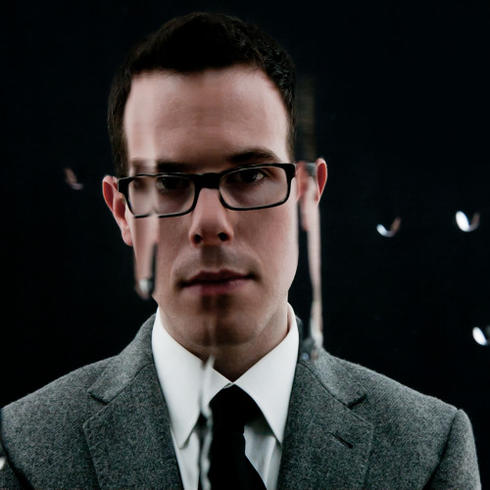
" Adrift "
For orchestra
Chester Music
SÉLECTION 2017
- Nominated for : The Young Audience Prize 2018
- Nominated for : The Musical Composition Prize 2018
The restless and fluid nature of the music in Adrift tends to keep any real sense of stability out of reach. From the start, this is a piece on the move: always unfolding with a sense of impending arrival. Three distinct types of music emerge: an obsessive ostinato, a warped melody, and an interruptive flourish. Throughout the piece these figures reappear in shattered, stretched, and distilled forms, often layered over each other in varied configurations.
Although Adrift is in one continuous movement, the piece really has two parts. The first part, which is slightly longer, ends with an impassioned melodic statement in the strings that unravels and leads to the only true moment of stasis in the entire piece. The remainder of the work is a compressed misremembering of the previous music, which reorders and distorts gestures from the first part.
Adrift was commissioned with funds from the Saariaho 60th Birthday Fund administered by Chester Music, in celebration of Kaija Saariaho’s 6oth birthday. I dedicate the piece to Kaija, with admiration and gratitude.

